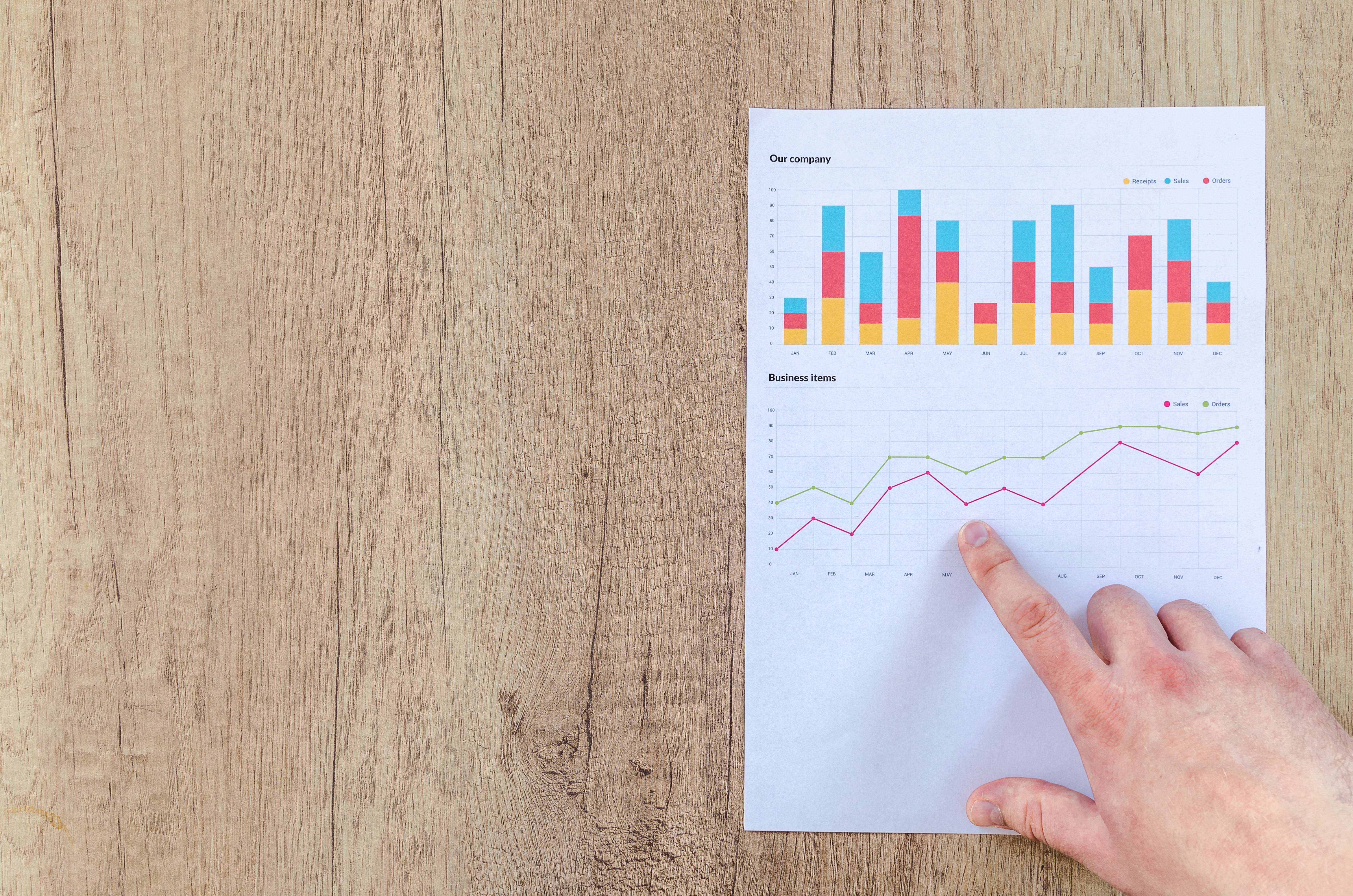Influencer marketing has become a popular way for brands to reach their target audience and increase brand awareness. However, with any marketing campaign, it’s important to measure the return on investment (ROI) to determine its effectiveness. Measuring the ROI of influencer marketing can be a challenge, but with the right tools and best practices, brands can track and analyze their campaign results. In this article, we will discuss the best practices for measuring the ROI of influencer marketing and how to track and analyze campaign results.
Set Clear Objectives
The first step in measuring the ROI of influencer marketing is to set clear objectives. What are the goals of the campaign? Are you looking to increase brand awareness, drive sales, or boost engagement? By setting clear objectives, you can determine the metrics to track and measure the success of the campaign.
Choose the Right Metrics
Once you have set clear objectives, it’s important to choose the right metrics to track. Depending on your objectives, the metrics you track may vary. Some common metrics for measuring the ROI of influencer marketing include:
- Reach: The number of people who have seen the content
- Engagement: The number of likes, comments, and shares
- Conversions: The number of people who took a desired action, such as making a purchase or signing up for a newsletter
- Cost per engagement: The cost of each engagement, such as a like or comment
Track Influencer Performance
Measuring the ROI of influencer marketing requires tracking the performance of the influencers you partner with. Some key metrics to track include:
- Follower growth: The number of new followers gained during the campaign
- Engagement rate: The percentage of followers who engage with the content
- Click-through rate: The percentage of people who clicked on a link in the influencer’s content
- Conversion rate: The percentage of people who took a desired action after clicking on a link in the influencer’s content
Use Tracking Tools
To effectively measure the ROI of influencer marketing, it’s important to use tracking tools. There are several tools available that can help you track the performance of your influencer campaign, including:
- Google Analytics: A free tool that can track website traffic and conversions
- Influencer marketing platforms: These platforms provide insights into the performance of influencer campaigns, including reach, engagement, and conversions
- Social media analytics tools: Social media platforms such as Instagram and Facebook offer analytics tools that can track the performance of influencer content
Analyze Results and Adjust Strategies
Once you have collected data on the performance of your influencer campaign, it’s important to analyze the results and adjust your strategies accordingly. Look for patterns and trends in the data, and identify areas where the campaign performed well or could be improved. Use this information to adjust your strategies for future campaigns.
Conclusion
Measuring the ROI of influencer marketing can be a challenge, but by setting clear objectives, choosing the right metrics, tracking influencer performance, using tracking tools, and analyzing results, brands can effectively measure the success of their campaigns. By incorporating these best practices into their influencer marketing strategies, brands can improve their ROI and reach their target audience.







